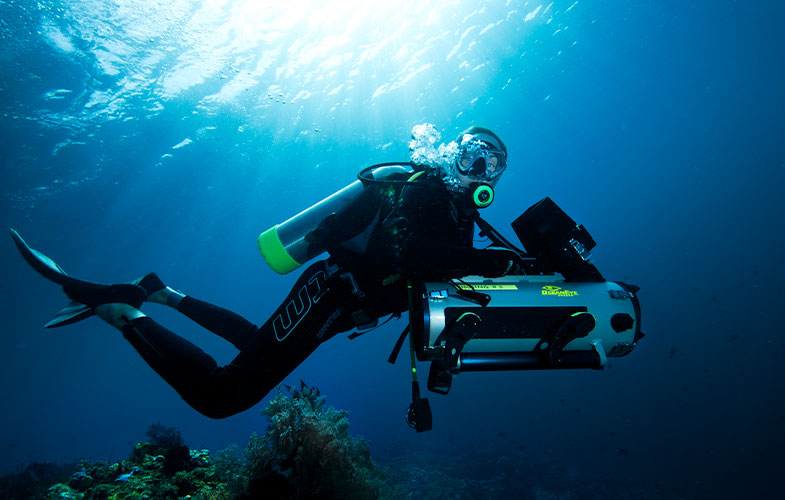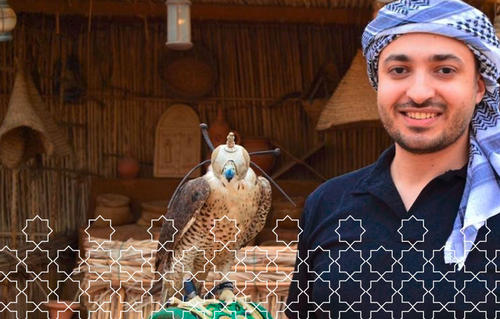Before applying for a job 79 per cent of applicants read a company’s mission statement. For companies to be an interesting place not only to work for but to be believed in, they need to position themselves with a clearly defined corporate culture. Company values are more and more considered before the consumer makes a buying decision and organisations are increasingly questioned by stakeholders, when it comes to a reasonable and sensitive way of acting as a corporate citizen. This illustrates the importance of a consistent company value system, which needs to be communicated and, of course, lived.
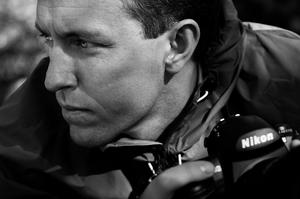
The Swedish artist Mattias Alexandrov Klum describes and portrays very closely what connects us, shedding light on the natural and cultural settings we breathe and grow in. Having been awarded an Honorary Doctorate degree in Natural Science by Stockholm University and named a World Wildlife Fund ambassador, Mattias Alexandrov Klum and his wife and partner Iris Alexandrov Klum address environmental issues by creating art projects that tell stories deriving from philosophy, science and mythology.
We asked Mattias Alexandrov Klum to give us his insights and understanding of authenticity, determination and a sustainable lifestyle – sprinkling some wise magic on top of it all.
We try very hard to have all our projects anchored in our hearts. As soon as we are approached with a certain project idea, we evaluate if our core values are matched. If we feel that we cannot stand behind it, we try not to take it on. We have to stand behind what we are doing and creating. We rather say NO to something when it is too far away from our own beliefs. We work on ecosystems and the relationship between man and nature. Our relationship to each other, bridging the gap of our minds and hearts. We only work on things that we love, that will make us spend those numerous hours.
(smiling) We feel, that when it comes to lectures and exhibitions, events that have a broader audience, we see the possible reach of our message, which also influences our decision of course. When you would only work with perfect people, people that are 100 % true, then you couldn’t work with anyone. We are all imperfect. We as storytellers, we inform and we try our utmost to act consistent with our beliefs.
The world has so much science to rely on. Yet, our behaviour does not always adhere to what is by reason the right thing to do. We have so many challenges to face. As storytellers and artists we need to have it anchored in our hearts: Human beings rationally know what’s right AND if we feel it - morally, emotionally and intellectually – it is just sound. From that point on, it is easier to navigate. Your heart guides you, which might sound a little bit hippie-like. But in the end, you have to trust it.
Whenever a foundation or a private person like a philanthropist is approaching Iris and me, we talk it through. And if the idea triggers something within, resonates with our beliefs, we usually start the formal or legal work that eventually if in agreement leads to the creative process. Naturally, as it is our job, the offer needs to have an economical structure as a solid basis as well. When it artistically triggers us, we become very passionate. It is then, that the idea becomes part of us and who we are.
We have this ambition, however it is sometimes difficult to monitor its effect. You define success criteria right in the beginning of the project: After we had joined an artist talk or given a lecture, we get direct feedback from the audience and the organizers. When we create exhibitions, we learn from the number of visitors how many we reach and how well it is perceived. NGOs, that are helping people and ecosystems, can of course measure and monitor how fundraising attached to the project is increasing due to the collaboration with us. Right now, we are starting to work together with an African organisation, who will be measuring the revenue of its fundraising. Sometimes success can be measured by figures and their interpretation, at other times these are kind words via social media channels, and people giving us their feedback in person. We are in a constant dialogue on all platforms in life.
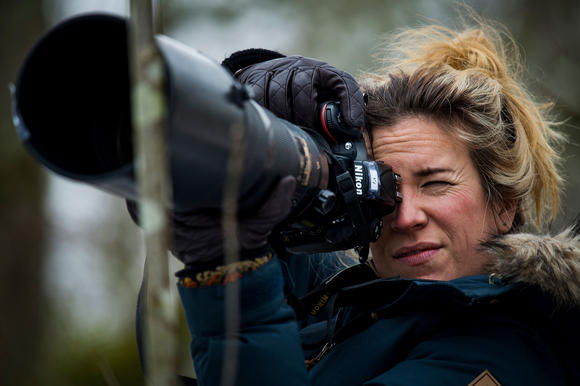
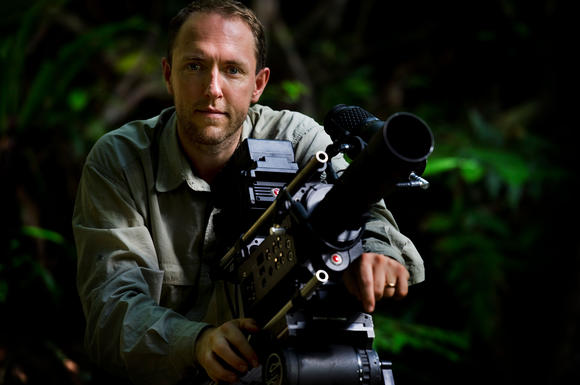
The artist duo Alexandrov Klum consists of Mattias and Iris Alexandrov Klum.
I am very proud of having had this relatively long career with National Geographic, which was a very special way of visualising the world. As a documentary photographer I felt like being part of a sort of bigger system. After having met Iris and her perspective of conceptual art, we joined paths by taking selected ingredients from our previous lives. They added layers to our projects, which became more dynamic, sometimes more playful. By this, we have been reaching a broader audience, as the world of art itself can sometimes be elitist. Yet, we think the opposite: We are storytellers, creating conceptual art in a sincere and heartfelt way, communicating something beautiful, eye- and heart-opening. Whereas a documentarist needs to be ready to explain the why and the how, art can have layers of fantasy, the world of the unknown. We believe and feel that there is so much to learn from the world of the unknown, the things that cannot yet be explained, like some folklore. We know certain things, but we don’t know everything. And art takes this into account. This is a magical aspect to our work.
Oh, many things could improve. This is the difficult and beautiful part of being human at this point in time. We put lots of pressure on this planet and on ourselves. But we can also make great daily choices, e.g. Iris and I fly less when we travel, we drive an electric Mercedes, our heating system at home is based on the warmth of the earth. We buy and prepare locally produced stuff, and we never eat red meat. We try to live as sustainable as we can. For some people these things sound like great sacrifices, but you can drive, wear incredible clothes and eat amazing food when doing all of this. We feel that it is making choices, no sacrifices. Day by day, the choices are plentiful. We realised that the future is here.
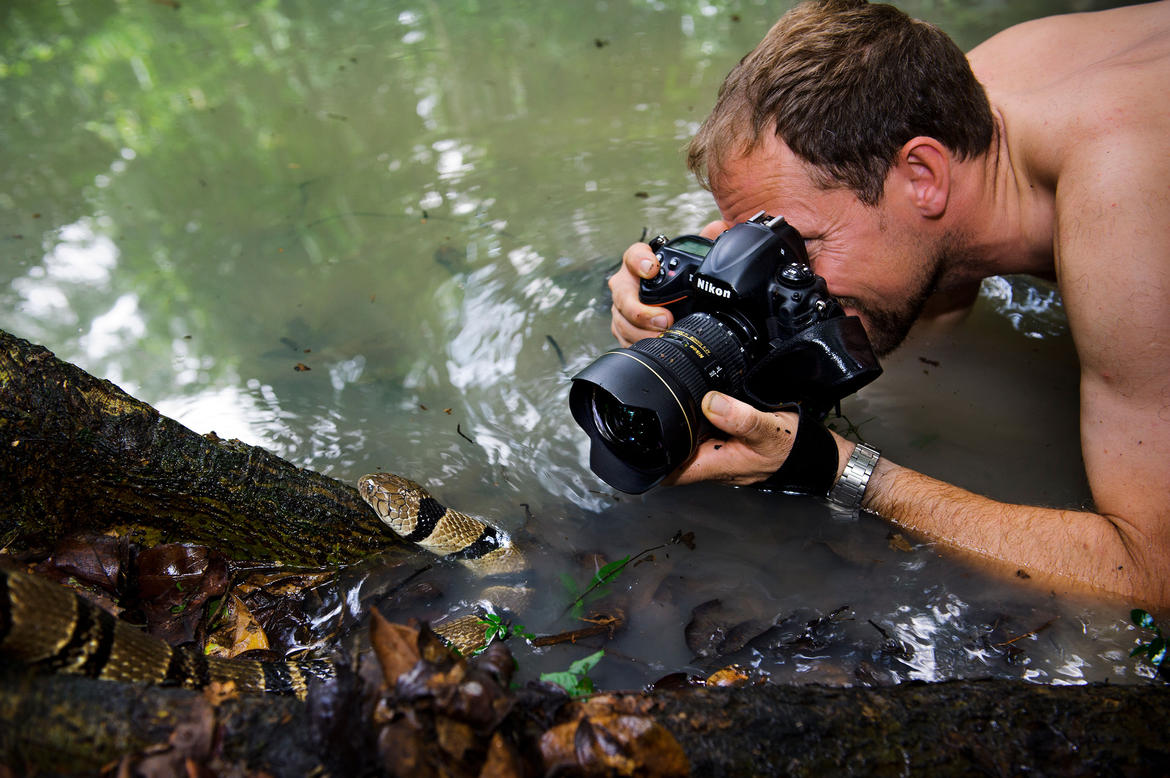
Oh, I had many excuses for not being a Vegetarian. Thanks to my job, I often got to know minorities, and it would have been rude and impolite not to eat what they had invited me to. However, this is not a daily situation. And after three years of collaboration and living together Iris asked me: “But honey, how often do we dine with such minorities?” I smiled and understood that she was right. I stopped using exceptions as general explanations and I became a Vegetarian.
Making choices more consciously equals a personal audit. Really, a lot of people could use their bike more often, their physical performance would get better as well. We are creatures of habit. And it takes some strength and determination. For the sake of environment and our children, we can change.
Well, I feel very lucky that my three siblings and me grew up in Uppsala next to a forest reserve. I remember always wanting to be close to animals, to crawl around the forest, finding a ditch behind the house just felt exciting to me. The combination of my artistic eye and my love for details, textures, lights, shades and shapes triggered my attention for nature. If you see a pattern in a common toad’s eyes, it somehow becomes easier to become an artist. I have always been aesthetically drawn to visual arts, to timing and phantasy. All our crafts need a certain set of interests and qualities. Hard work, determination, passion, and being relentless enough to spend thousands of hours of practice.
One nobel prize laureate I was lucky enough to meet once shared with me: “If I had not had so much fun with my team, I mean lots of hard work, but also having a blast with them, I would not sit here in Stockholm.”
It is passion, love, lots of hard work and talents. You just have to find your passion, that makes you forget time. It might not be one. And even that one can change. Embark on it. You have to dare to fail.
I am inspired by literature, imagery, film, nature itself, from frozen glass to wine. I love artists like Rembrandt, Picasso, Chagall - absolutely stunningly skillful. Music inspires me. Listening to Mozart’s requiem makes me think he might have been one of the greatest genius of all time. Let me mention also current artists like Peter Gabriel, Ben Howard, Miles Davis. I mean, for someone to be inspired by something, you need to be open to it, allowing yourself to be vulnerable, and losing your ego. You grow from listening. We become steeped in a shape sometimes, then we close our hearts too often. Being alive and being able to change means opportunities and changing and opening minds and hearts.
Working with National Geographic was a learning curve of 26 years in a fantastic partnership, a part of my DNA. These days, Iris is my most important critic and source of inspiration. Thus, our artworks often become a result of a constant flow of constructive criticism. If you are used to work alone, it is now losing about the EGO. We met four years ago and now, our artist duo is our legacy with the immersive world. Our art has become so much richer due to being created from our joint individual perspectives.
It is passion, love, lots of hard work and talents. You just have to find your passion, that makes you forget time. It might not be one. And even that one can change. Embark on it. You have to dare to fail.

